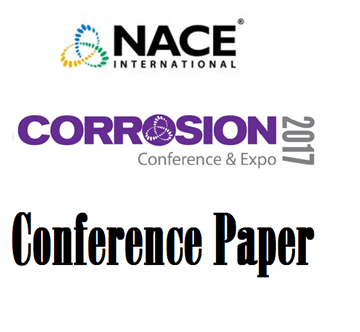Search
98106 EFFECT OF ALLOY NICKEL CONTENT VS. PREN ON THE SELECTION OF AUSTENITIC OIL COUNTRY TUBULAR GOODS FOR SOUR GAS SERVICE
Also Purchased
Corrosion of Nickel Alloys in Elevated Temperature Sour Gas Environments
Product Number:
51317--9135-SG
ISBN:
9135 2017 CP
Publication Date:
2017
$20.00
06158 INVESTIGATION OF INTERGRANULAR CORROSION OF Alloy 825 IN SOUR SERVICE
Product Number:
51300-06158-SG
ISBN:
06158 2006 CP
$20.00
98104 Sulfide Stress Cracking Resistance of Drilling Materials in a Simulated Underbalanced Drilling Environment
Product Number:
51300-98104-SG
ISBN:
98104 1998 CP
$20.00




